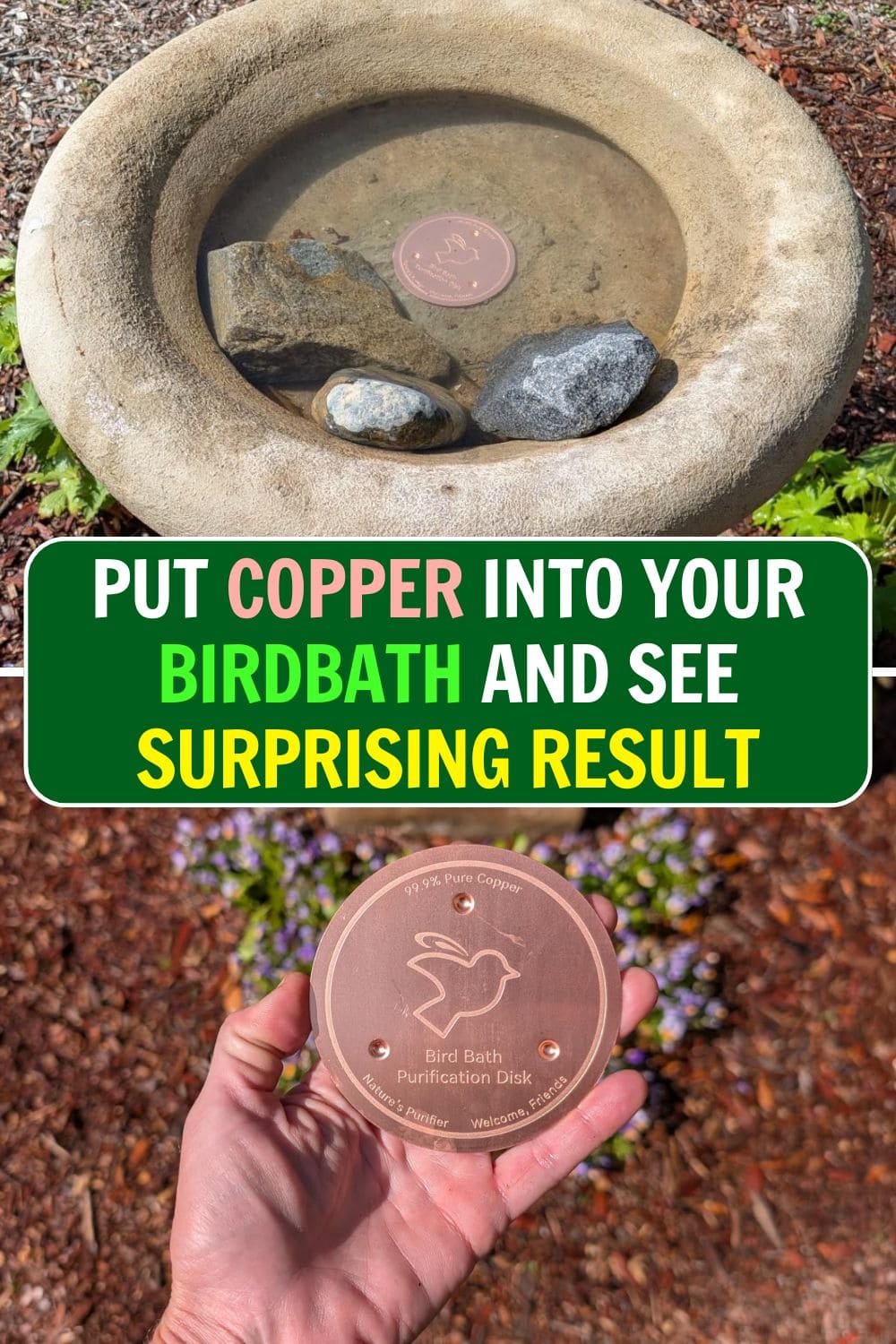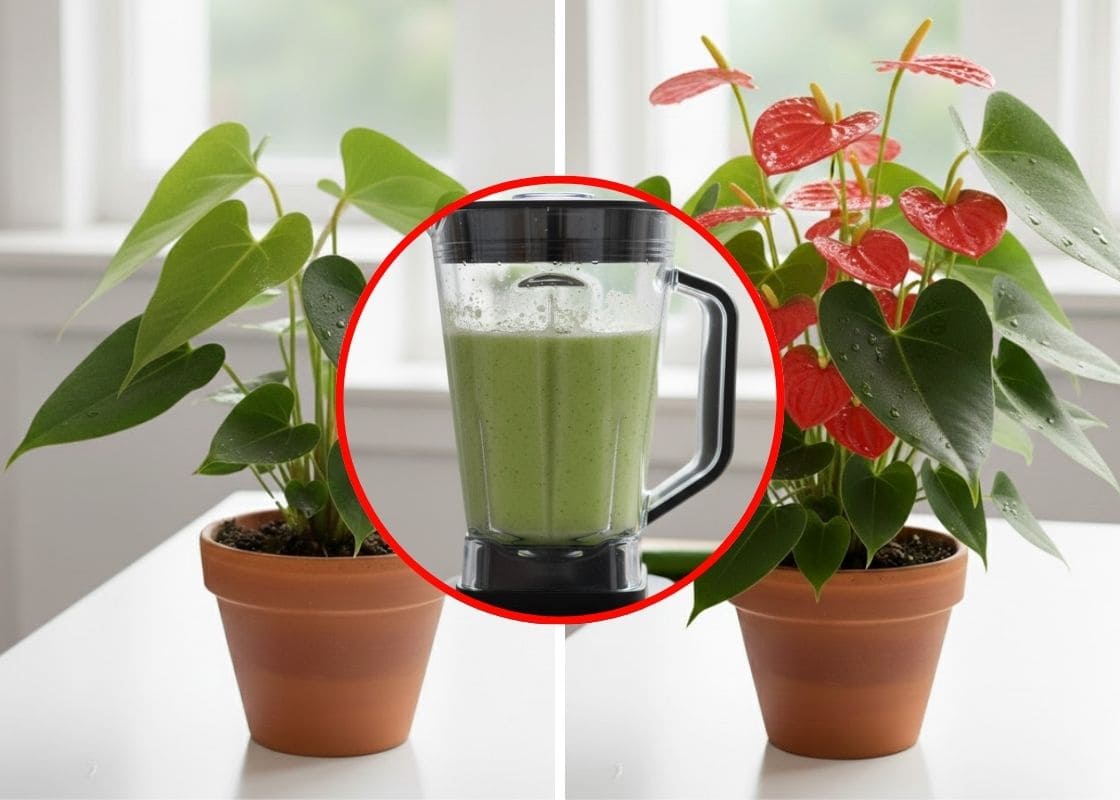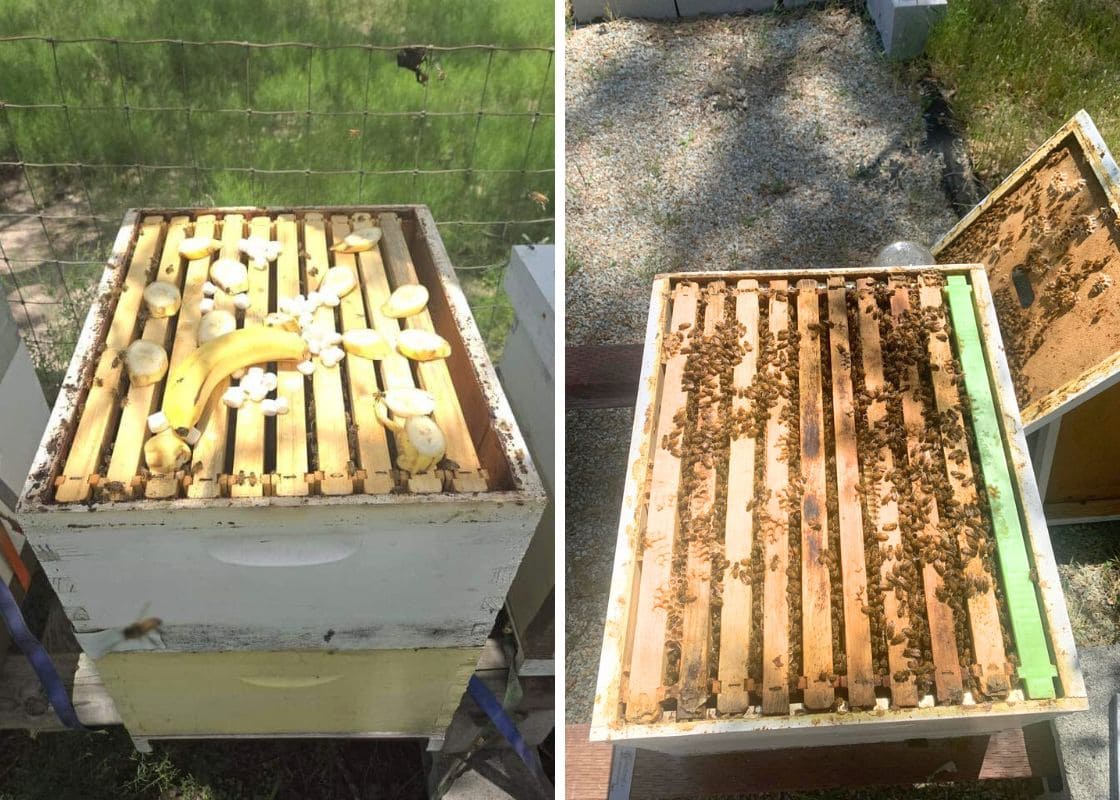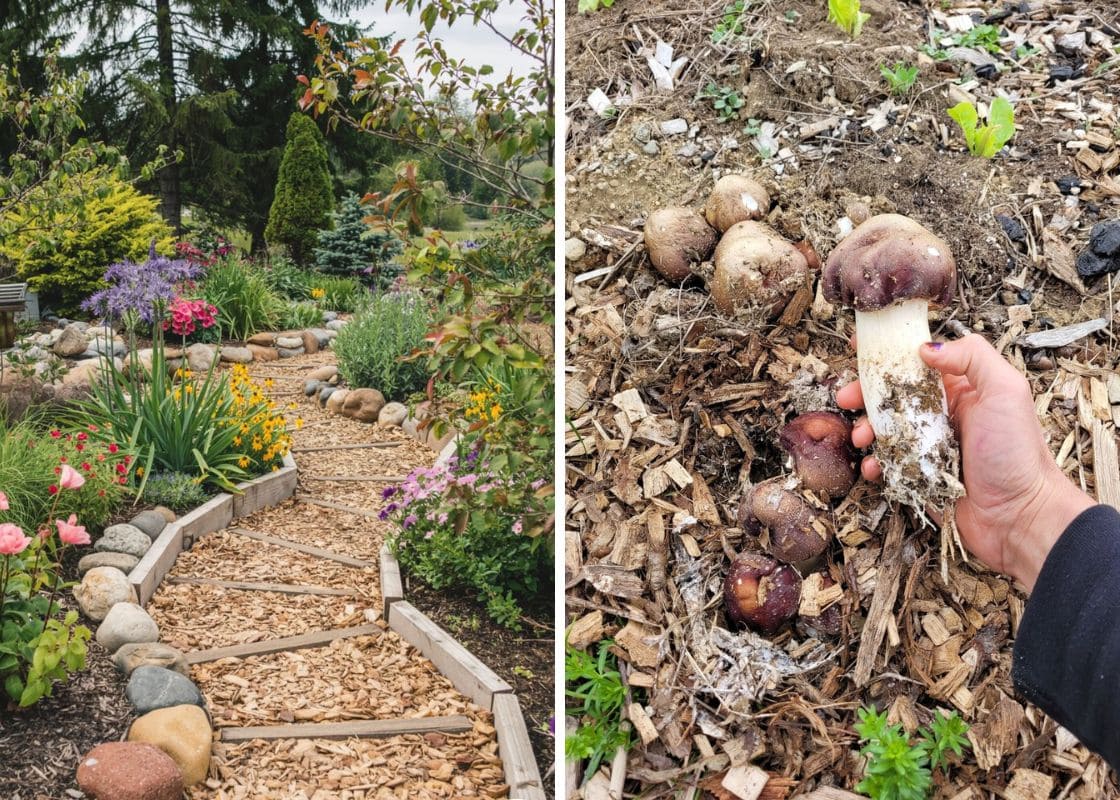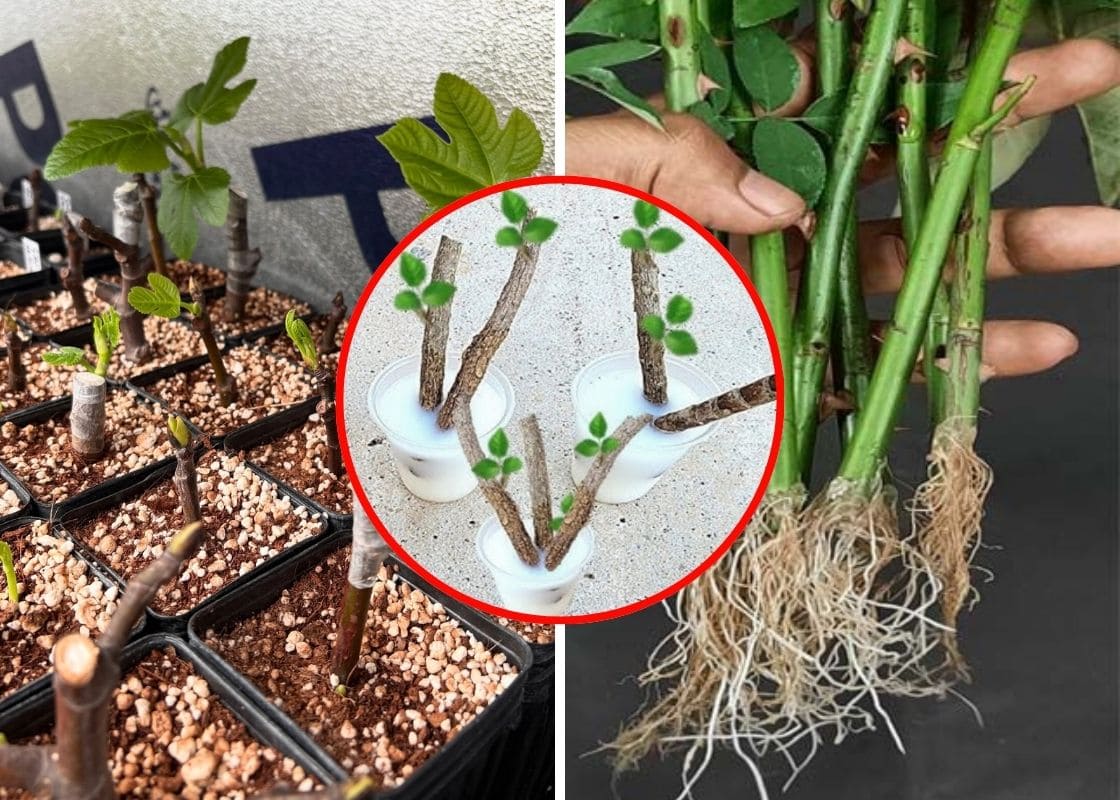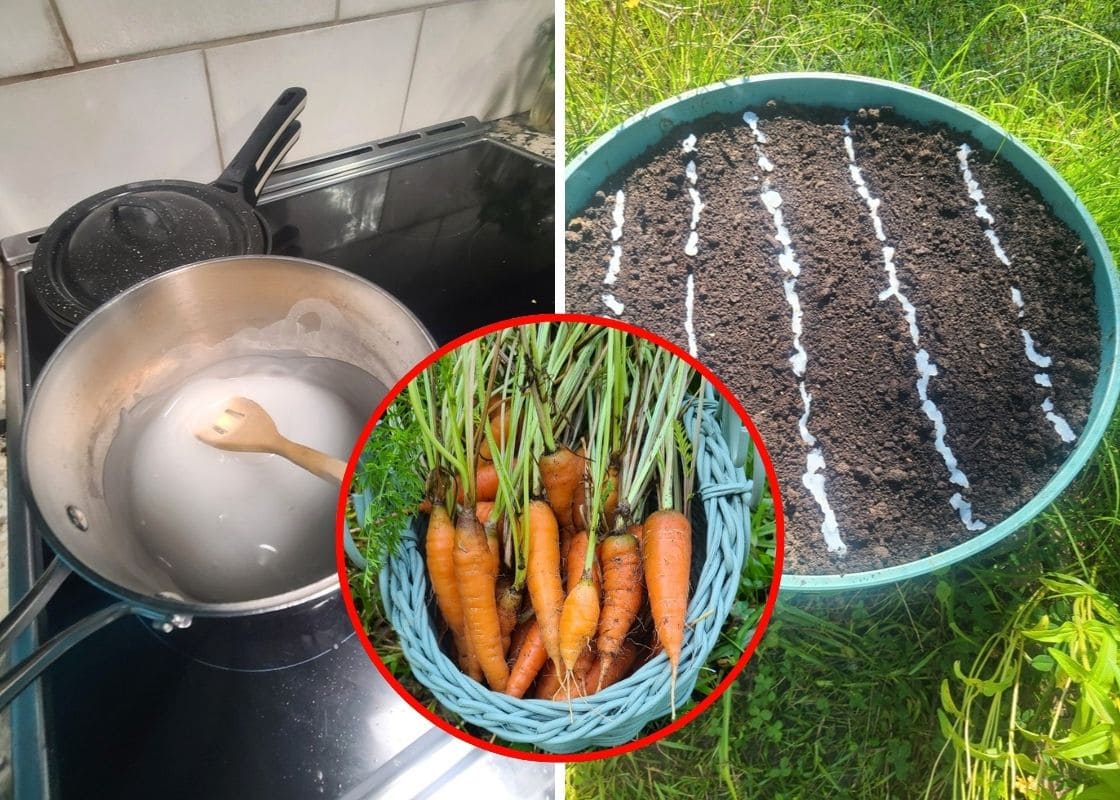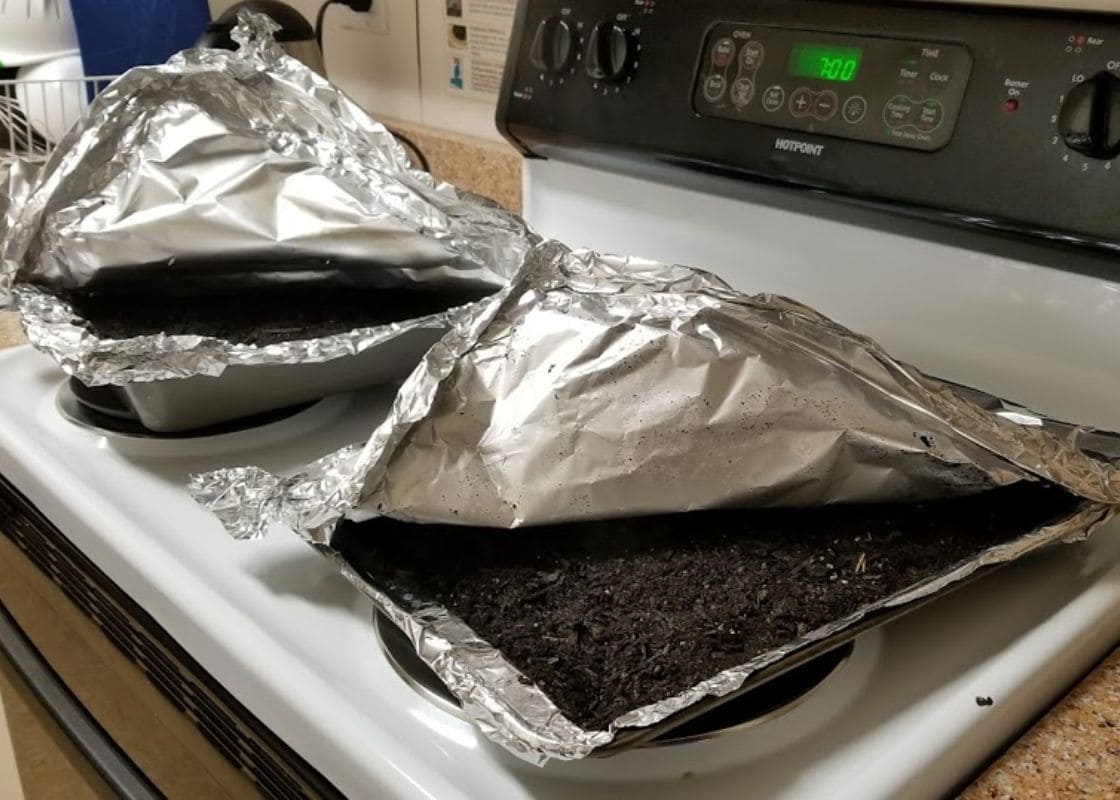Every backyard bird lover knows the struggle, one week your bird bath sparkles, and the next it’s coated in slimy green algae.
You scrub it clean, refill it with fresh water, and a few days later, the same problem returns.
Add in mosquitoes and dirt, and what was meant to be a peaceful spot for birds quickly becomes a maintenance headache.
But what if there was a simple, safe, and beautiful solution that didn’t involve scrubbing or chemicals?
That’s where copper comes in.
Why Copper Works
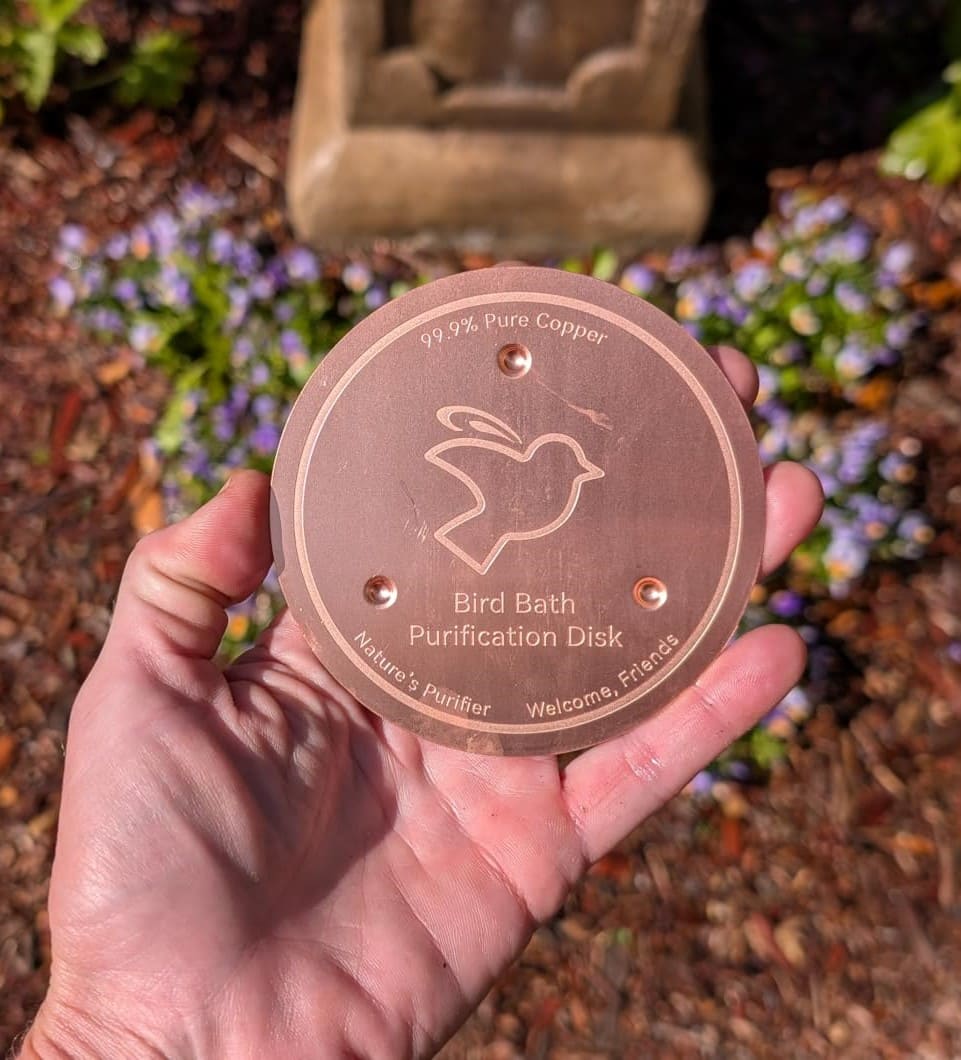
Copper isn’t just decorative, it’s naturally antimicrobial. When copper comes into contact with water, it releases trace amounts of copper ions.
These ions interfere with the growth and reproduction of microorganisms like algae, bacteria, and even mosquito larvae.
This natural process, called oligodynamic action, has been used for centuries to purify water.
It’s why sailors once stored drinking water in copper vessels and why some plumbing pipes are still made of copper today.
In a bird bath, the same principle keeps the water cleaner and fresher without harming the birds.
How to Use a Copper Disk in Your Bird Bath
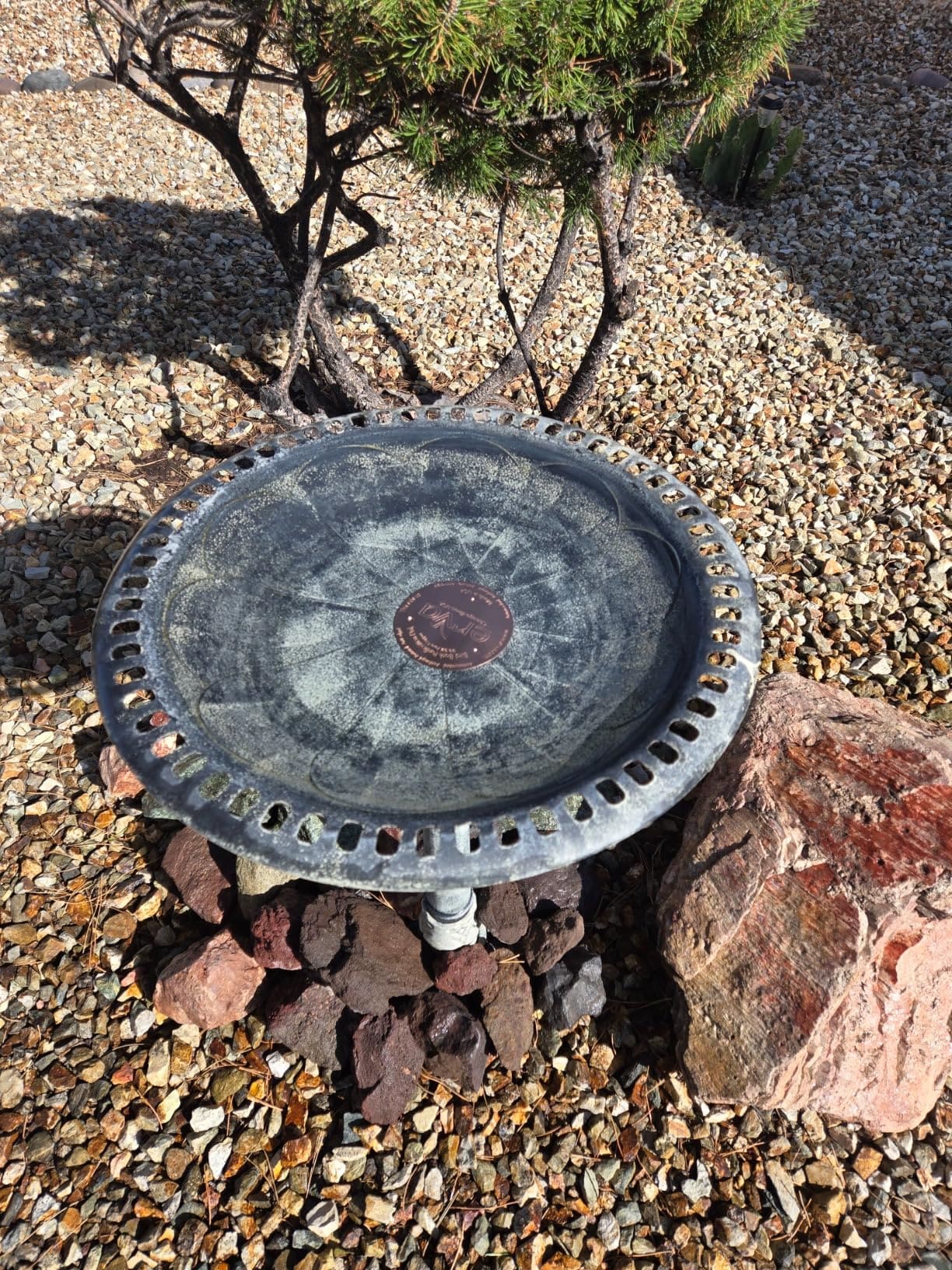
You don’t need anything fancy, just a pure copper disk or plate.
To use it, simply place the copper piece on the bottom of your bird bath. Some versions have small bumps on the underside so that water can flow under and around it.
This subtle movement increases its contact area, helping the ions disperse more effectively throughout the water.
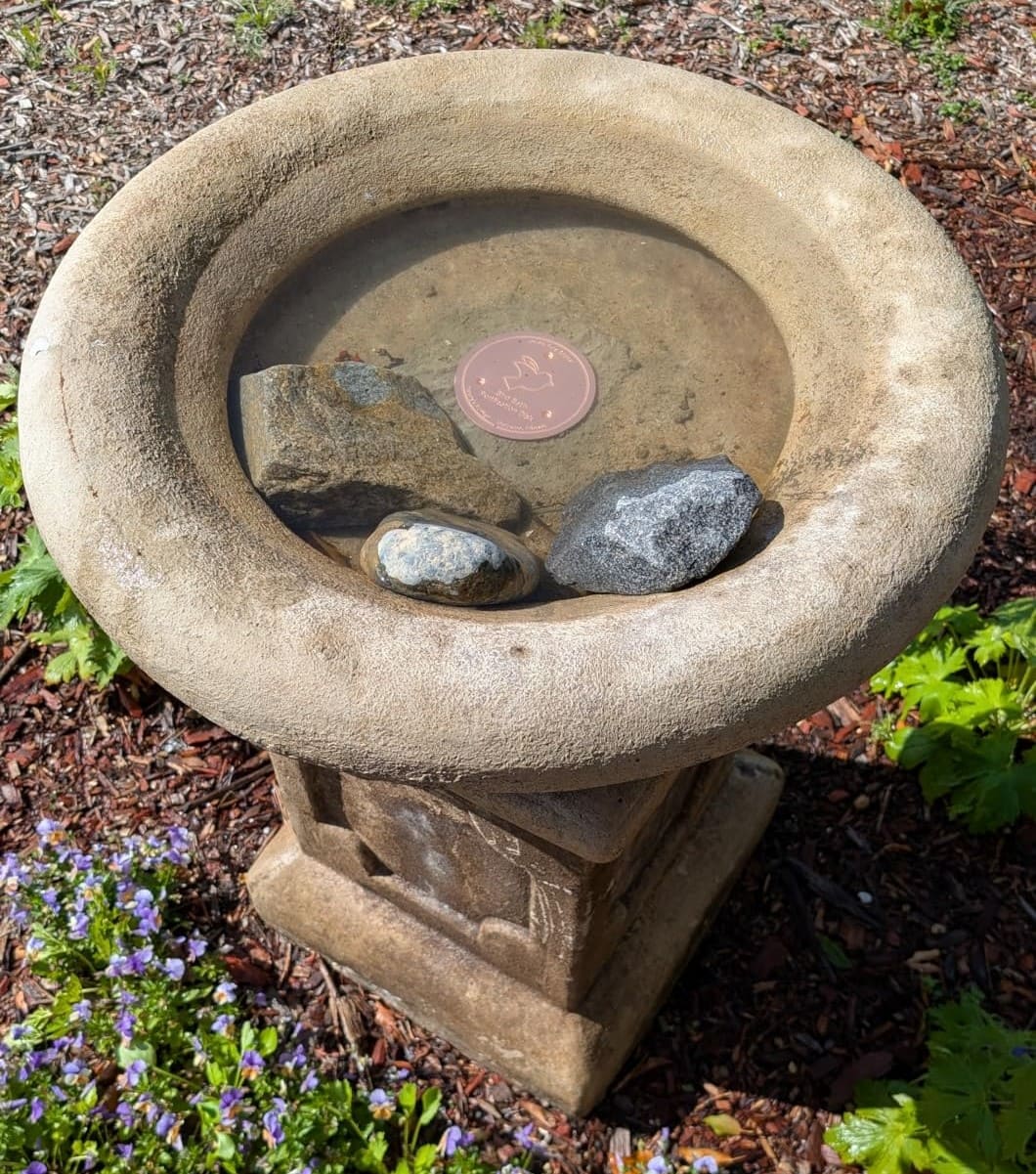
If you enjoy a decorative touch, scatter small pebbles around the disk.
Not only does it look natural and inviting for birds, but it also helps stabilize the disk and allows birds to perch more comfortably.
Within a few days, you’ll start noticing less algae buildup and clearer water.
The Science Behind It
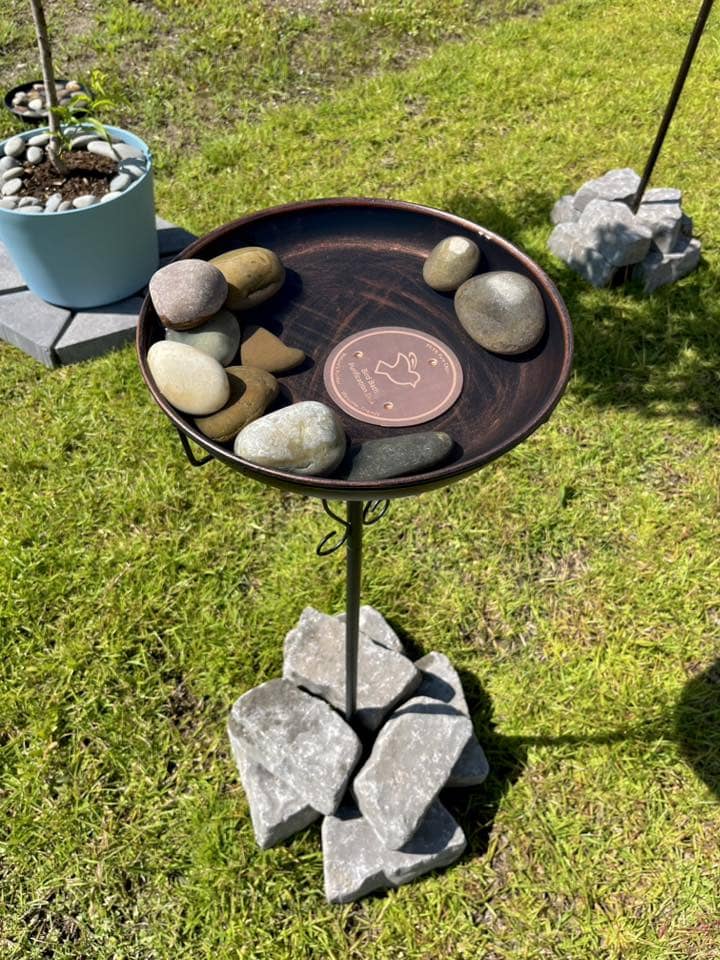
Copper’s cleaning power lies in its chemistry. The released copper ions are toxic to single-celled organisms but harmless to larger animals and birds.
These ions disrupt the cell walls of algae and bacteria, stopping them from multiplying.
Even more interestingly, copper prevents mosquito larvae from surviving in standing water.
It doesn’t kill instantly, it just makes the environment unsuitable for them to thrive, meaning you’ll see fewer mosquito visitors and happier birds.
Unlike bleach or chlorine, copper doesn’t alter the pH of the water, and it doesn’t harm beneficial insects or wildlife that might visit your bird bath.
Maintenance and Care
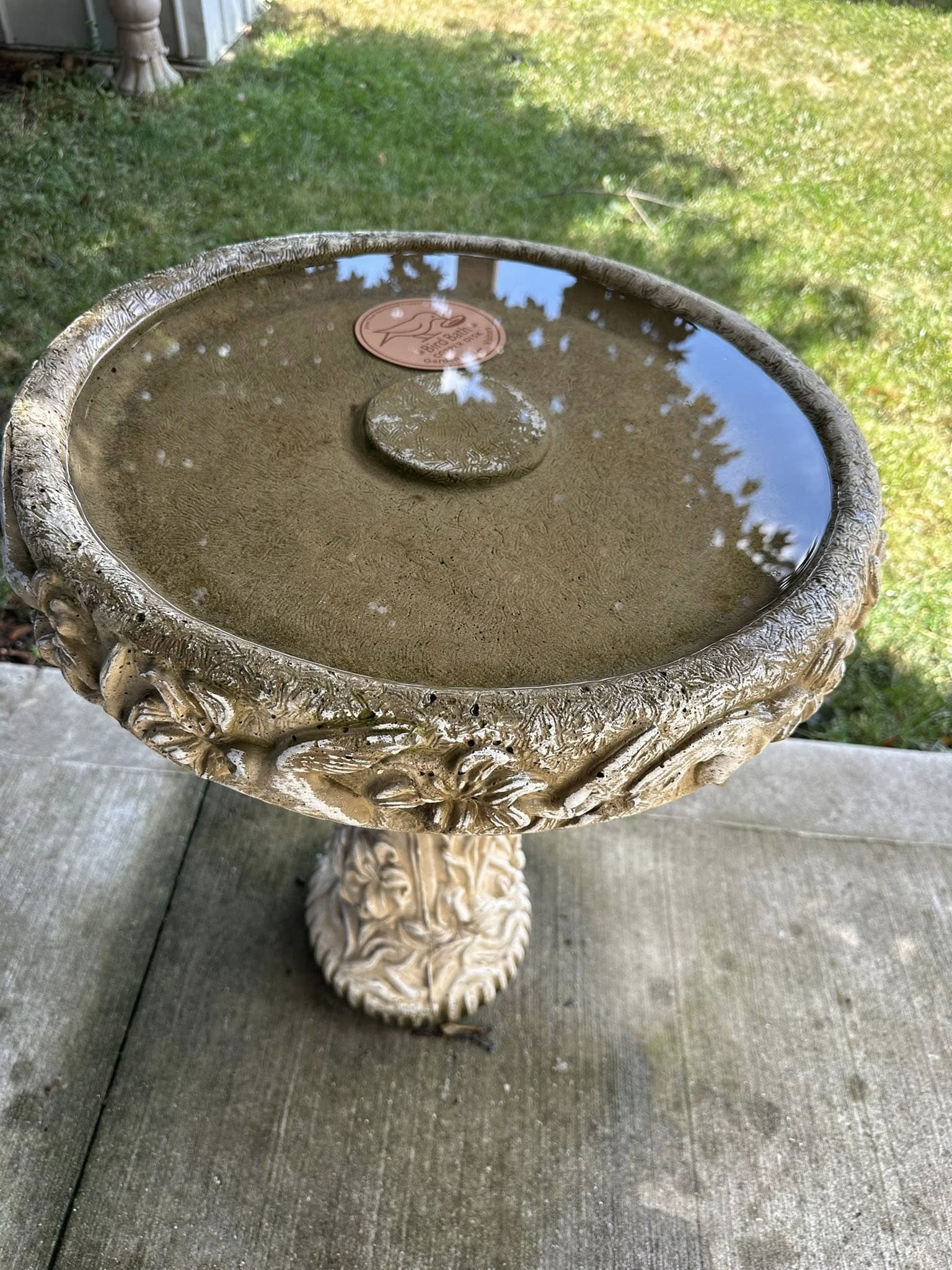
While copper helps a great deal, you’ll still want to maintain your bird bath regularly.
Give it a gentle rinse every week or two, especially if debris like leaves, pollen, or soil collects in it.
If your water is hard or high in minerals, a light polish of the copper disk every month helps remove buildup and restore its shine.
Keep the bath in a partly shaded spot, this slows algae growth even further and prevents the water from heating up too much.
You’ll also notice that birds prefer cooler water during warm weather.
If your bird bath is large, using two small copper pieces spaced apart works better than one. The more even the contact area, the better the purification effect.
Mistakes to Avoid
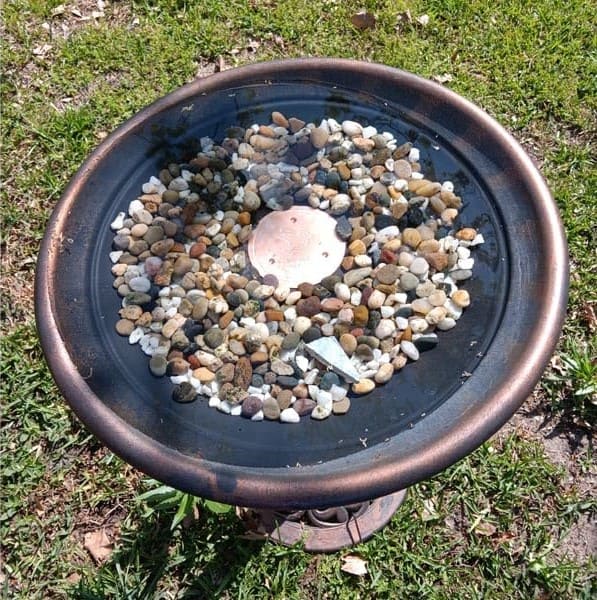
One of the most common mistakes is using coated or fake copper.
Some decorative pieces sold as copper finish are actually brass or plastic with a thin copper-colored coating, which won’t work at all.
Always make sure you’re using 99% pure copper.
Avoid placing copper disks in extremely acidic water or adding vinegar to the bath. Acidic environments can corrode the metal faster and reduce its lifespan.
Finally, don’t skip cleaning altogether. Copper helps prevent buildup, but it can’t remove dirt or organic matter.
A quick rinse keeps the process working smoothly and ensures the birds always have clean water to drink and bathe in.
